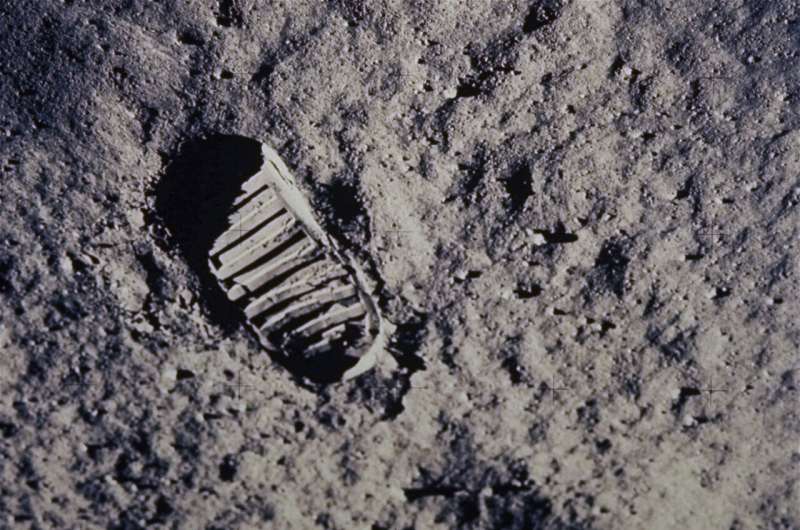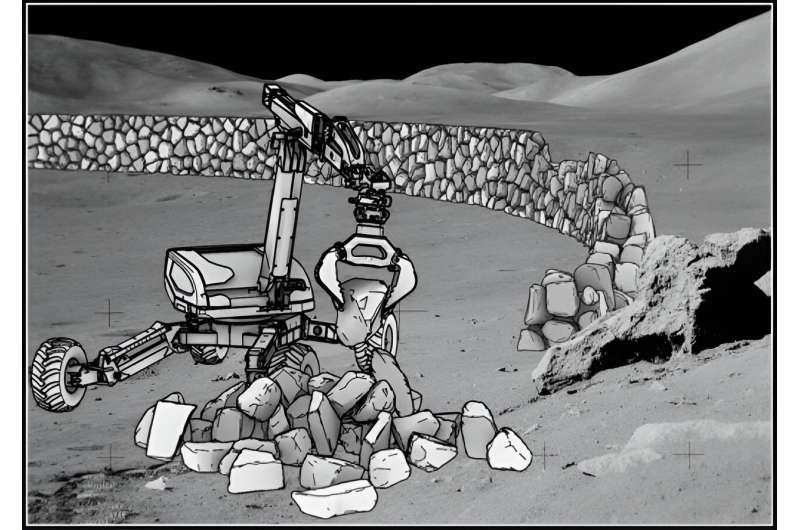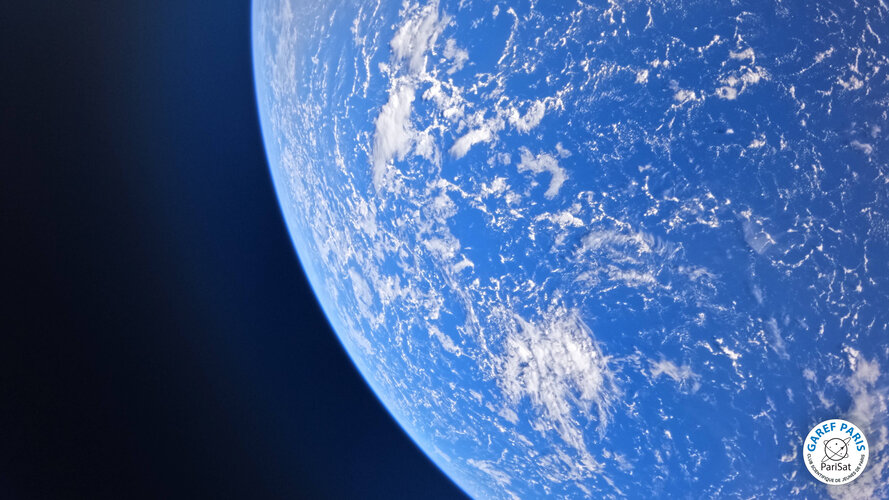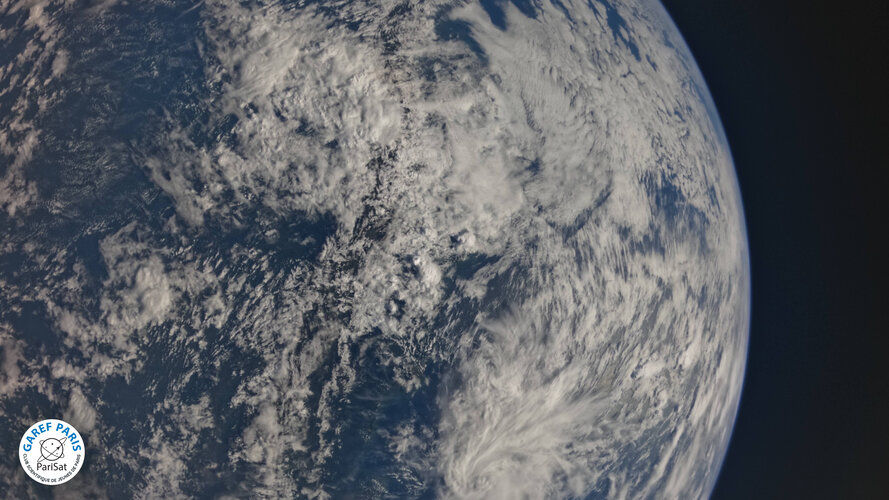Maxar reveals initial images from WorldView Legion satellites
Friday, 19 July 2024 18:48 Maxar Intelligence, a leader in secure and precise geospatial intelligence, has released the first images captured by its next-generation WorldView Legion satellites. The first two of these satellites were launched from Vandenberg Space Force Base, California, on May 2, 2024.
The 30 cm-class high-resolution images were gathered on July 16, 2024, showcasing the advanced capabilities of the
Maxar Intelligence, a leader in secure and precise geospatial intelligence, has released the first images captured by its next-generation WorldView Legion satellites. The first two of these satellites were launched from Vandenberg Space Force Base, California, on May 2, 2024.
The 30 cm-class high-resolution images were gathered on July 16, 2024, showcasing the advanced capabilities of the China plans to launch pilot cities to showcase BeiDou applications
Friday, 19 July 2024 18:48 China is gearing up to promote the extensive use of the BeiDou Navigation Satellite System by designating several pilot cities to highlight BeiDou's applications in mass consumption, manufacturing, and emerging sectors such as the Industrial Internet and Artificial Intelligence (AI), according to an announcement by the Ministry of Industry and Information Technology (MIIT).
"The large-scal
China is gearing up to promote the extensive use of the BeiDou Navigation Satellite System by designating several pilot cities to highlight BeiDou's applications in mass consumption, manufacturing, and emerging sectors such as the Industrial Internet and Artificial Intelligence (AI), according to an announcement by the Ministry of Industry and Information Technology (MIIT).
"The large-scal New Hertz 2.0 building enhances space antenna testing at ESTEC
Friday, 19 July 2024 18:48 The latest addition to ESA's ESTEC technical center in the Netherlands, the Hertz 2.0 building, stands more than 22 meters high beside its neighboring sand dunes, but here is the view inside.
Seen here being lined with steel plates that will serve to insulate it from external radio signals, this spacious test area will be employed to evaluate the performance of a new generation of bigger a
The latest addition to ESA's ESTEC technical center in the Netherlands, the Hertz 2.0 building, stands more than 22 meters high beside its neighboring sand dunes, but here is the view inside.
Seen here being lined with steel plates that will serve to insulate it from external radio signals, this spacious test area will be employed to evaluate the performance of a new generation of bigger a Moon fests, moon movie and even a full moon mark 55th anniversary of Apollo 11 landing
Friday, 19 July 2024 16:55
The cosmos is providing a full moon for the 55th anniversary of the first lunar landing this weekend, and plenty of other events honor Neil Armstrong and Buzz Aldrin's giant leap.
Aldrin, 94, the last surviving member of the Apollo 11 crew, headlines a gala at the San Diego Air and Space Museum on Saturday night. He'll be joined by astronaut Charlie Duke, who was the voice inside Mission Control for the July 20, 1969 moon landing.
Museum President Jim Kidrick couldn't resist throwing a bash "55 years to the day of one of the most historic moments in not only the history of America, but in the history of the world.
Lunar infrastructure could be protected by autonomously building a rock wall
Friday, 19 July 2024 14:23
Lunar exploration equipment at any future lunar base is in danger from debris blasted toward it by subsequent lunar landers. This danger isn't just theoretical—Surveyor III was a lander during the Apollo era that was damaged by Apollo 12's descent rocket and returned to Earth for closer examination.
Plenty of ideas have been put forward to limit this risk, and we've reported on many of them, from constructing landing pads out of melted regolith to 3D printing a blast shield out of available materials.
Week in images: 15-19 July 2024
Friday, 19 July 2024 12:10
Week in images: 15-19 July 2024
Discover our week through the lens
How AI improves operations on NOAA GOES-R weather and environmental satellites
Friday, 19 July 2024 12:00
Black body experiment on Ariane 6 captures Pale Blue Dot
Friday, 19 July 2024 07:46 Image:
Black body experiment on Ariane 6 captures Pale Blue Dot
Image:
Black body experiment on Ariane 6 captures Pale Blue Dot PariSat school experiment sends back stunning Earth pics
Friday, 19 July 2024 07:44 Image:
PariSat school experiment sends back stunning Earth pics
Image:
PariSat school experiment sends back stunning Earth pics Ariane 6 science-after-school experiment sends back striking snaps
Friday, 19 July 2024 07:39 Image:
Ariane 6 science-after-school experiment sends back striking snaps
Image:
Ariane 6 science-after-school experiment sends back striking snaps Earth from Space: Central Ethiopia
Friday, 19 July 2024 07:00 Image:
The Copernicus Sentinel-1 mission brings us a false-colour radar image of central Ethiopia.
Image:
The Copernicus Sentinel-1 mission brings us a false-colour radar image of central Ethiopia. Enhanced Dragon spacecraft to deorbit the ISS at the end of its life
Friday, 19 July 2024 00:07







